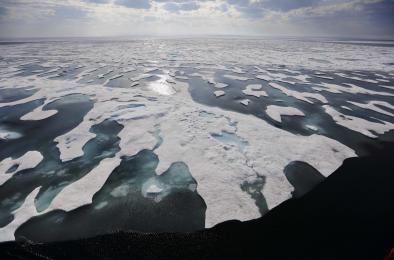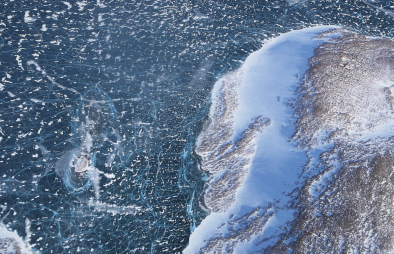Science Source
CryoSat-2 estimates of Arctic sea ice thickness and volume
- States that satellite records show a decline in ice extent over more than three decades, with a record minimum in September 2012
- Says that results from the Pan-Arctic Ice-Ocean Modelling and Assimilation system (PIOMAS) suggest that the decline in extent has been accompanied by a decline in volume, but this has not been confirmed by data
- Uses new data from the European Space Agency CryoSat-2 (CS-2) mission, validated with in situ data, to generate estimates of ice volume for the winters of 2010/11 and 2011/12
- Compares these data with current estimates from PIOMAS and earlier (2003–8) estimates from the National Aeronautics and Space Administration ICESat mission
- Finds that between the ICESat and CryoSat-2 periods, the autumn volume declined by 4291 km3 and the winter volume by 1479 km3
- States that this exceeds the decline in ice volume in the central Arctic from the PIOMAS model of 2644 km3 in the autumn, but is less than the 2091 km3 in winter, between the two time periods
Related Content
Science Source
| Bulletin of the American Meteorological Society
More-Persistent Weak Stratospheric Polar Vortex States Linked to Cold Extremes
Marlene Kretschmer, Dim Coumou, Laurie Agel et al
Headline

Jul 31, 2017 | PBS NewsHour
Arctic journey shows the glaring effects of climate change
Headline

Jul 28, 2017 | Washington Post
How loss of Arctic sea ice further fuels global warming
Headline

Jul 17, 2017 | Bloomberg
How a Melting Arctic Changes Everything: Part I


